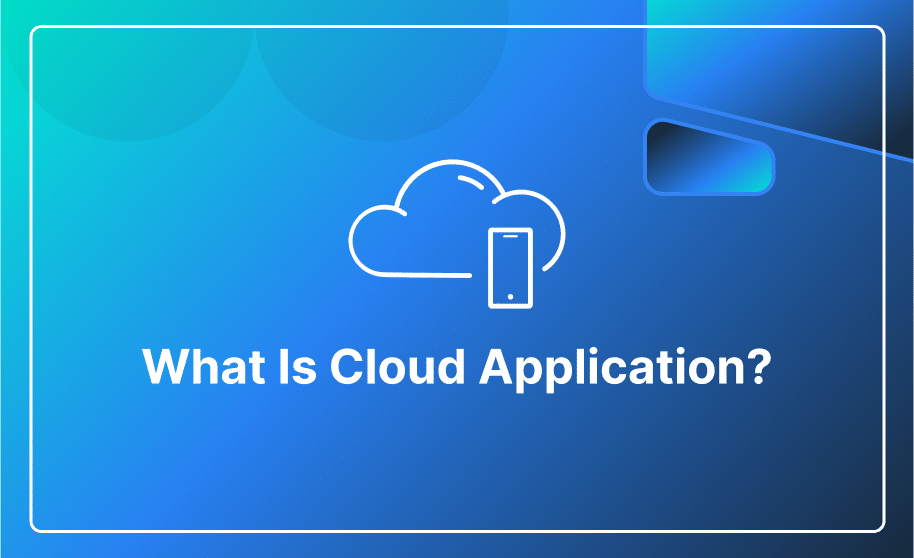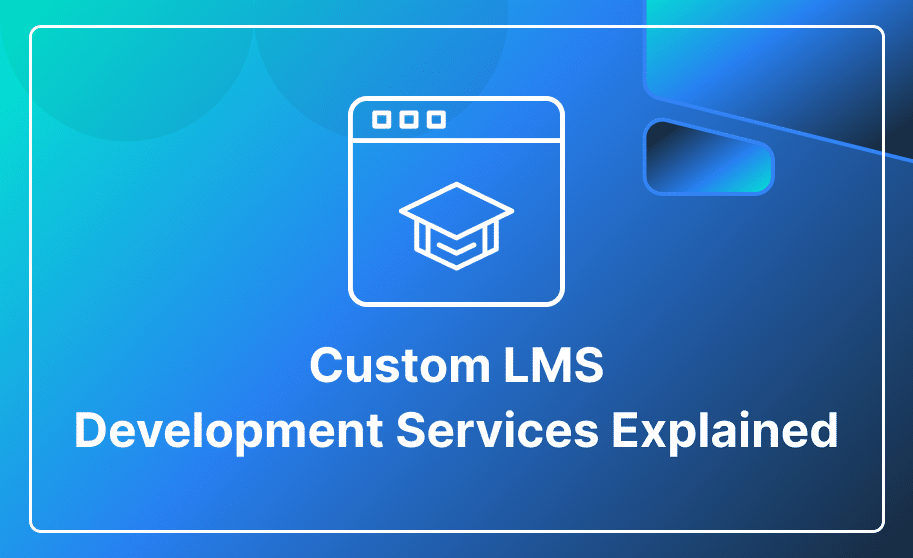Food delivery apps are becoming incredibly popular because they offer restaurants and food lovers a convenient, flexible, and budget-friendly way to connect. The industry is rapidly changing, with many new apps entering the market and existing ones expanding their services.
Uber Eats, a leading platform, was introduced in 2014 by Uber Technologies. By 2016, the platform was operational in numerous cities across the United States and several countries worldwide, including Canada, Australia, and various European nations.
According to recent studies, in the United States, food delivery apps made a revenue of $218 billion in 2022.
The online food delivery industry is rapidly expanding, with a projected global value to reach $505.50 billion by 2030.
Did you know that Uber Eats was downloaded by 88 million people in 2023, making it the most popular food delivery app worldwide?
Uber Eats stands out as the most preferred choice among all the major online food delivery apps.
Therefore, investing in food delivery apps such as Uber Eats offers promising opportunities for entrepreneurs and startups. With an increasing desire for convenient food ordering and the potential for profitability, it presents an enticing business opportunity.
How Does Uber Eats Work? A Closer Look at the Digital Dining Revolution
Uber Eats operates as a three-way marketplace connecting restaurants, customers, and delivery agents. Numerous restaurants list their brands and menus on the app. Customers search for nearby restaurants, browse their menus, and place orders. Delivery partners pick up the orders from the restaurants and deliver them directly to customers’ doorsteps.
(Here the image will be added – for reference: https://www.fatbit.com/fab/how-to-build-an-app-like-ubereats/ – or I will send the image idea)
Cashing In on Cuisine: Decoding Uber Eats’ Revenue Model
In 2023, Uber Eats generated a revenue of $10.9 billion. The platform earns income through a combination of fees, commissions, and service charges from multiple stakeholders involved in its food delivery operations.
Some monetization ways through which Uber Eats generates revenue are:
- Delivery Fee:
Uber Eats charges a small amount of delivery fee, which varies based on their location and the availability of delivery partners. The total fee may vary depending on the market in which the company operates.
- Commission From Restaurant Partners:
Uber Eats cuts a commission ranging from 15% to 40% of the total order value from its restaurant partners. However, the exact percentage can vary based on the market’s age and maturity.
- Marketing and Advertising Fee from Restaurants:
Uber Eats provides restaurants with the opportunity to attract more customers by promoting their listings within the app. Restaurants can pay additional fees to feature their menus prominently or to run special promotions.
- Premium Subscriptions:
Uber Eats provides premium subscriptions like Uber One and Eats Pass for customers looking for special perks like free delivery, exclusive menu access, and priority delivery. These subscriptions generate recurring revenue for the company, as customers pay a monthly fee to enjoy these benefits.
A Step-by-Step Guide to Developing an App Like Uber Eats
Step 1: Conduct Market Research:
The first step in creating a delivery app is to perform comprehensive research on your competitors, target audience, and the latest food delivery trends.
To understand the current market conditions, consider the following questions:
- Who are your competitors?
- what services do your competitors provide to their customers?
- Who is your target audience?
- What unique selling proposition (USP) will your app offer?
- What innovative features can you incorporate into your app that set it apart from competitors?
Step 2: Choose a Food Delivery Model
Next, you have to choose the business model for your on-demand food delivery. There are three main types of food delivery business models:
- The Order Only Model:
In this business model, your platform primarily focuses on receiving customer orders and passing them to partnering restaurants. Restaurants are solely responsible for food preparation and delivery.
- The Order and Delivery Model;
In this food Delivery Model, your platform not only receives customer orders but also manages the delivery process. While partnering with restaurants for food preparation, your business takes responsibility for managing the delivery logistics. This may include employing a fleet of drivers or using third-party delivery services to ensure quick and efficient deliveries.
- The Fully Integrated Model:
It includes all aspects of the food delivery process, from order reception and food preparation to delivery management. In this model, businesses may operate cloud kitchens or virtual restaurants to ensure consistency and quality in meal preparation.
Step 3: Choose Key Features
Here are some must-have features you should include in your food delivery app to gain a competitive edge:
Customer App:
- User Registration
- Order Placement
- Multiple payment options
- Real-time order tracking
- Self-Pickup
- Ratings and Reviews
- Customer Support
Restaurant App:
- Order management
- Menu management
- Track delivery
- Customer feedback
- Access Control
- Sales Analytics
Admin Panel:
- Order management
- Menu management
- Restaurant management
- Delivery staff management
- Payment and commission tracking
- Promotions and discounts
Delivery Staff App:
- Profile management
- Order management
- In-app communication
- Contactless delivery
- Payment and earnings history
- Delivery status
Step 4: Choose the Right Technology Stack
Choosing the right technology stack is important when developing an app like Uber Eats, as it lays the foundation for delivering a seamless user experience.
Whether you choose to build your food delivery app for Android, iOS, or both platforms, you may need different technologies to bring your idea to life.
Some technology stacks for food delivery apps are:
- Native Mobile App: Java, Swift, Kotlin, Objective – C.
- Cross–Platform App: Flutter, React Native.
- Backend Development: Node.Js, Ruby on Rails, PHP.
Step 5: Hire a Professional On-Demand App Development Company
Developing a food delivery app like Uber Eats demands various technical resources for successful development, launch, and ongoing operation, like UI/UX designers, Android and iOS developers, business analysts, and QA & testing engineers.
A reputable on-demand app development company provides a comprehensive development team to offer support throughout the entire process, from development to deployment and ongoing maintenance.
Ready to partner with an experienced app development team? Contact us!
How Much Does It Cost to Build an App Like Uber Eats?
Determining the final cost of developing a food delivery app like Uber Eats is not easy as depends on several factors, such as chosen features, the type of platform, functionalities, requirements, country of app development, and others.
However, for a rough estimate, developing a simple yet highly functional on-demand app ranges from $10,000 to $100,000.
Looking for clarity on pricing? Contact us for a personalized consultation.
Hashlogics: Your Go-To Partner for Creating Profitable Food Delivery Apps
Hashlogics specializes in offering customized on-demand food delivery app development solutions, encompassing the entire process from initial idea conceptualization to design, development, deployment, and growth marketing. Our experienced team consists of skilled consultants and developers, who have extensive knowledge of the on-demand food delivery sector.
Conclusion:
Undoubtedly, the mobile food ordering sector is rapidly growing with significant value for restaurants and cafes. As technology, particularly in internet and mobile platforms, continues to evolve, the strategic significance of food delivery apps like Uber Eats is expected to increase further. However, it is important to analyze all aspects of app development and address the diverse needs of all stakeholders involved.
You might be interested in:
- Apps Like Uber Eats: Your Guide to Delicious Alternatives
- Top 7 Alternative Apps Like Snapchat
- Best 10 Apps Like Showbox in 2024 for Ultimate Streaming














